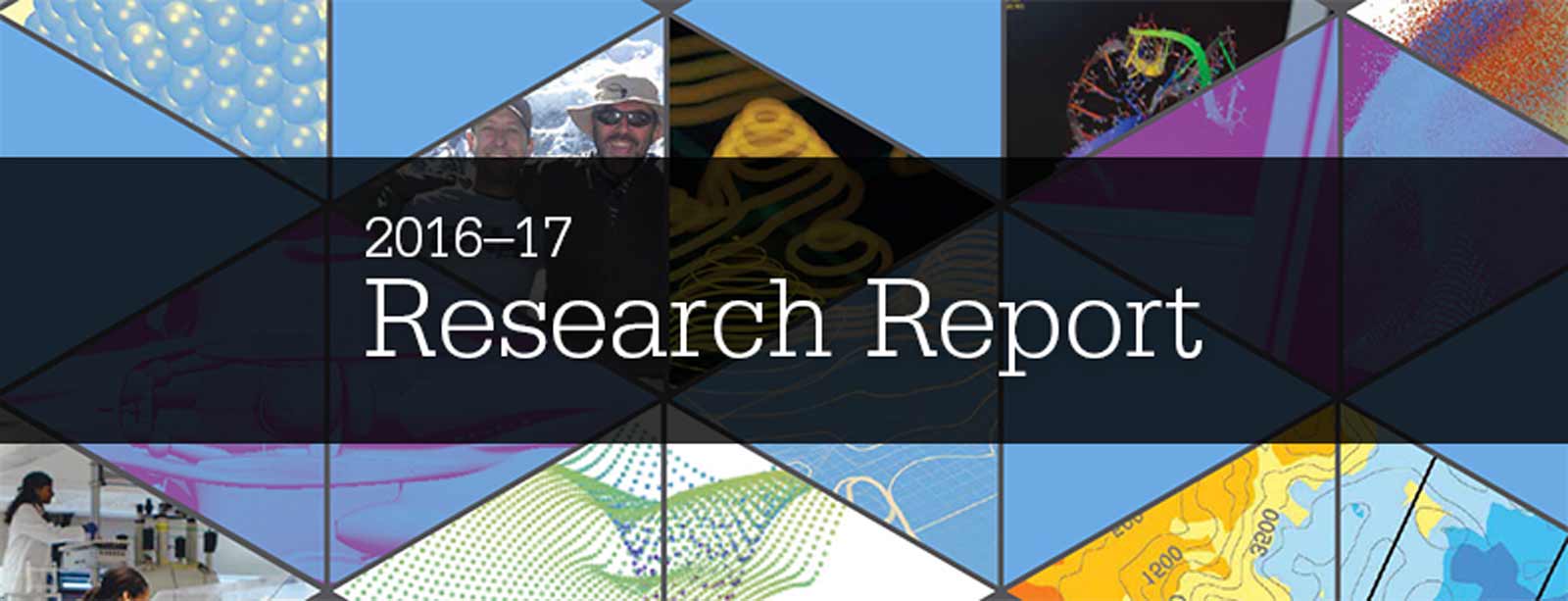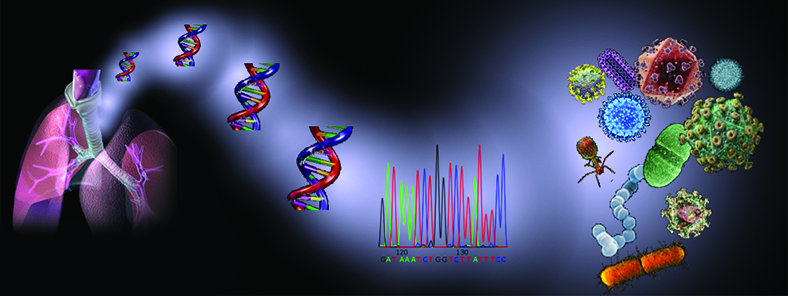For patients facing chronic lung disease, the third leading cause of death in the U.S., the ultimate end-stage treatment is a lung transplant. Unfortunately, the survival rate for lung transplant patients is lower than that of other organ transplants due to infections and tissue rejection.
Brian Keller, M.D., Ph.D., a pulmonologist at Ohio State’s Wexner Medical Center, is working to improve patients’ lung transplant outcomes by studying lung microbes and viruses that could affect them. Keller is using the Ohio Supercomputer Center to store mass amounts of genetic sequencing data.
“The lung field is a little bit behind some of the other fields, particularly the skin and the gut,” Keller said. “Part of the reason was it was actually left out of the human microbiome project because at the time it was thought that the lung was a sterile environment. I think the data now is pretty convincing that there is a lung microbiome.”
The viruses Keller is studying target microbes, not necessarily humans themselves. However, if viruses adversely affect key microbial processes in the lung, it could lead to problems, especially for those In need of a lung transplant – usually patients with cystic fibrosis or chronic obstructive pulmonary disease (COPD. To identify microbial viruses in the lungs, Keller and his team take a sample from the lung and sequence all the genetic material in it to find the part that contains viruses – which is only one percent of the total genetic sequences.
Once they sort through millions of sequencing reads and eliminate human and bacteria information, Keller’s team can then identify the sequences that reflect the viruses present in the lung using reference databases.
“All of those processes require higher-level computing than what can be done on your desktop machine, and I think that’s the biggest benefit that we receive from (OSC),” Keller said.
Though Keller’s work on developing a more robust understanding of the lung microbiome and virome is in its early stages, it could quickly have an impact on lung transplant outcomes. The next phase of Keller’s work will incorporate modeling of changes that occur in the lung microbiome after a transplant.
“What we’d like to do is look at the virome in the donor before transplant, the virome in the recipient and then model the dynamics that occur as you take the lung from a donor and put it in a new person and how do those microbes change, do they persist, are they replaced by microbes from the recipient upper airway, Keller said. “None of that is known.”
###
Written by Audrey Carson
Project Lead: Brian Keller, M.D., Ph.D, The Ohio State University Wexner Medical Center
Research Title: Virus-Microbe Ecology and Effects on Lung Transplant Outcomes
Funding Source: The Ohio State University
Website: https://wexnermedical.osu.edu/transplant/content/research/brian-keller-md-phd

